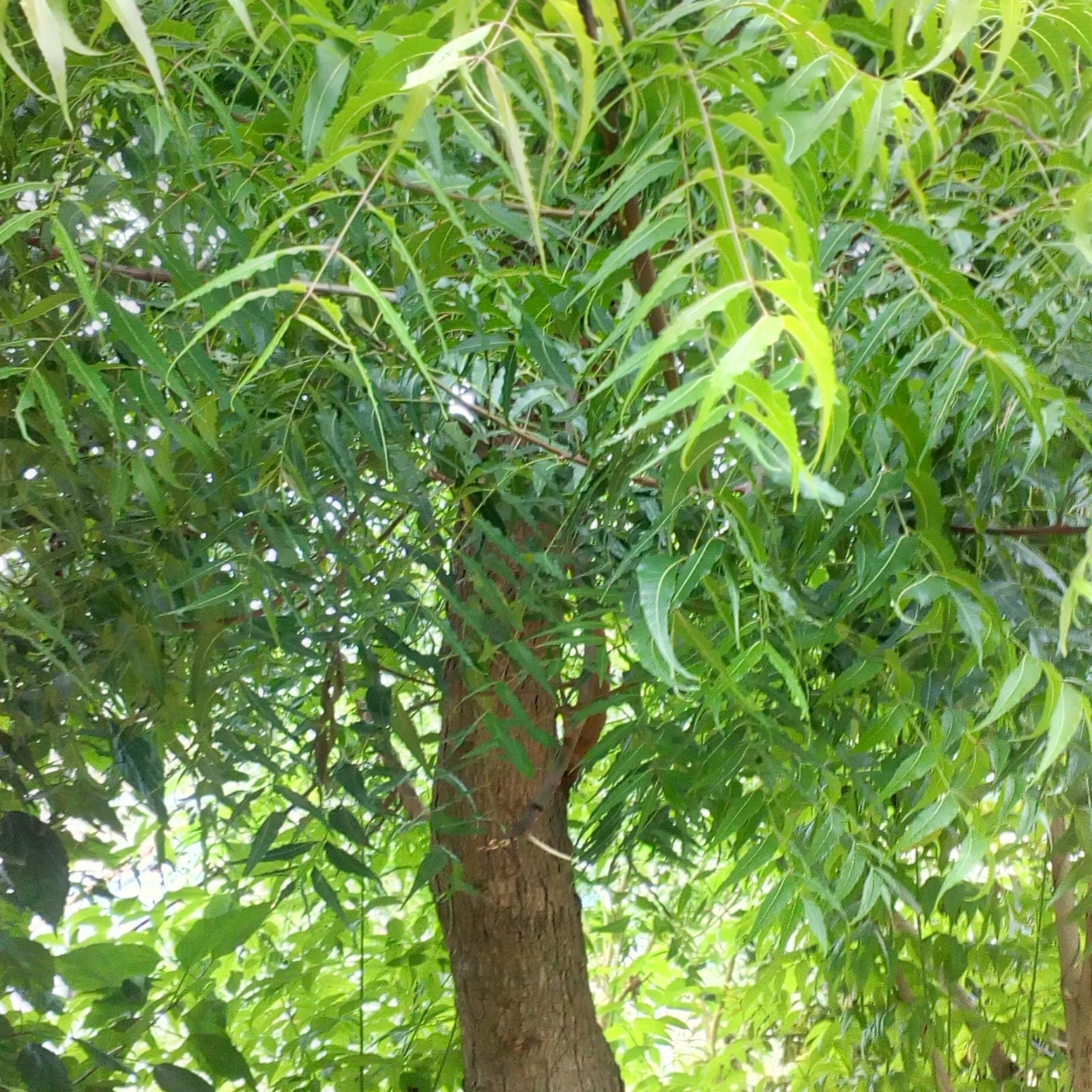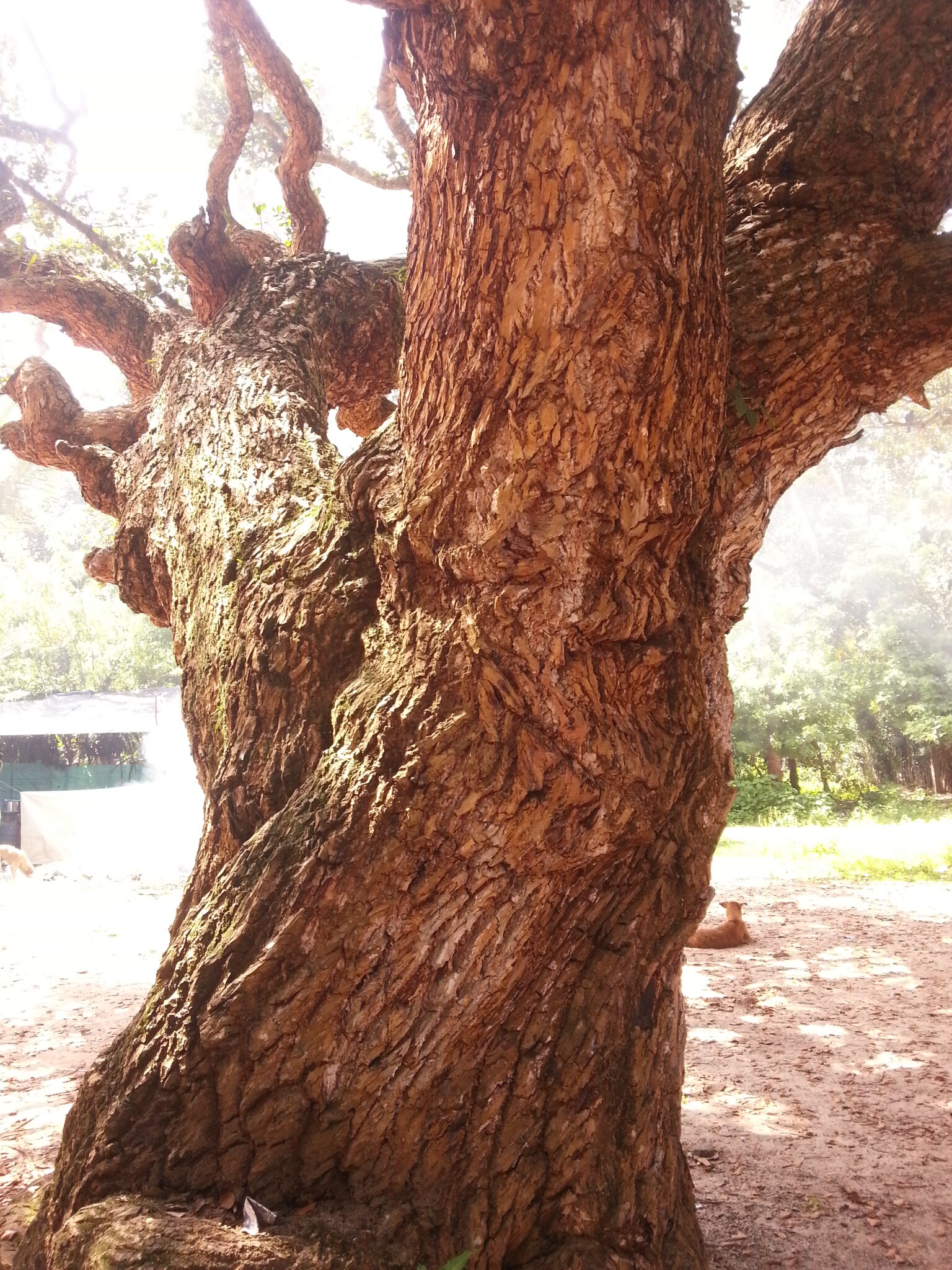In the past year, a story about China releasing one million rabbits into the desert has been going viral. Did this really happen? Or is it just another viral myth? Here's what we discovered. And of course, we will cover information on the Great Green Wall of China, the reason the rabbit story spread.
Why is Rabbit Story Going Viral?
What is the reason behind the viral story about China releasing 1 million rabbits into the desert? Rabbits poop has the potency to fertilize the soil and helps plants grow. So, when a million rabbits are released, they would naturally run around looking for food, eat the vegetation in the desert and release poop, thereby serving as eco-helpers in restoring degraded land. China, facing desertification issues for decades, has been working on Great Green Wall Project to prevent desertification and focus on afforestation and has achieved considerable success. Rex rabbits, which were found in a picture of the desert, gave birth to the viral story. However, there has been no official announcement in this regard and hence we can only conclude that this rabbit story is just a viral myth.
China's Great Green Wall Program
The northern China has been in a crisis with more and more lands turning into deserts. In response, the Chinese government launched a massive project called the Three-North Shelterbelt Program, which is also known as the Great Green Wall.
The Great Green Wall Program was launched in the year 1978.
Nature restoration requires balance and careful planning. Planting trees, creating shelterbelts, setting up solar panels and improving the environment were the focus of Great Green Wall Program; testing with animals does not seem to be on their agenda.
Is Great Green Wall Program A Success?
The program had two stages to begin with. Number one was to prevent and control desertification and the second stage was to protect desert sand and put it to use. Now, China is on stage two.
According to China's Great Green Wall Program, the process of afforestation involved planting trees, grass seeds, set up straw checkerboards, drip irrigation and create shelterbelts.
By 2020, 3 crore hectares of desert have been turned into dense forests. By November 2024, a 3046-kilometer green belt has been formed around Taklamakan Desert, the second largest desert in the world. This green wall earns the title of the longest man-made desert wall.
The 3046-kilometer green belt not only helps to prevent soil erosion but also provides employment for local people thereby improving their economy.
According to an announcement made by China, the forest area rose from 5.05 percentage to 13.84 percentage in the last 46 years. This accounts only for the dense forest and does not take into account the grass fields, which were desert region earlier.
To achieve this success, China commenced with laying highways on desert. This was followed by setting up power grids, drip irrigation and placing straw checkerboards across the desert dunes and setting up solar panels. Added to these were planting draught-resistant plants and planting the herb famously called the 'ginseng of the desert'. These solar panels not only provides them with electricity but also checks soil erosion.
There has been no official statement so far on releasing 1 million rabbits into the desert. However, China's Great Green Wall Program can rightly be said to have been well planned and well executed to achieve massive success.
For every nature conservationist and nature lover across the globe, this news brings fresh hopes for the future of the world.

Rama Thamizharasu
Welcome. I am a yoga therapist, SEO consultant, content creator and translator.
Kindly check our other blog and YouTube channels:
https://voiceofapet.blogspot.com/
https://www.youtube.com/@PetsDiaryPages
http://www.youtube.com/@letnaturelive_YT







